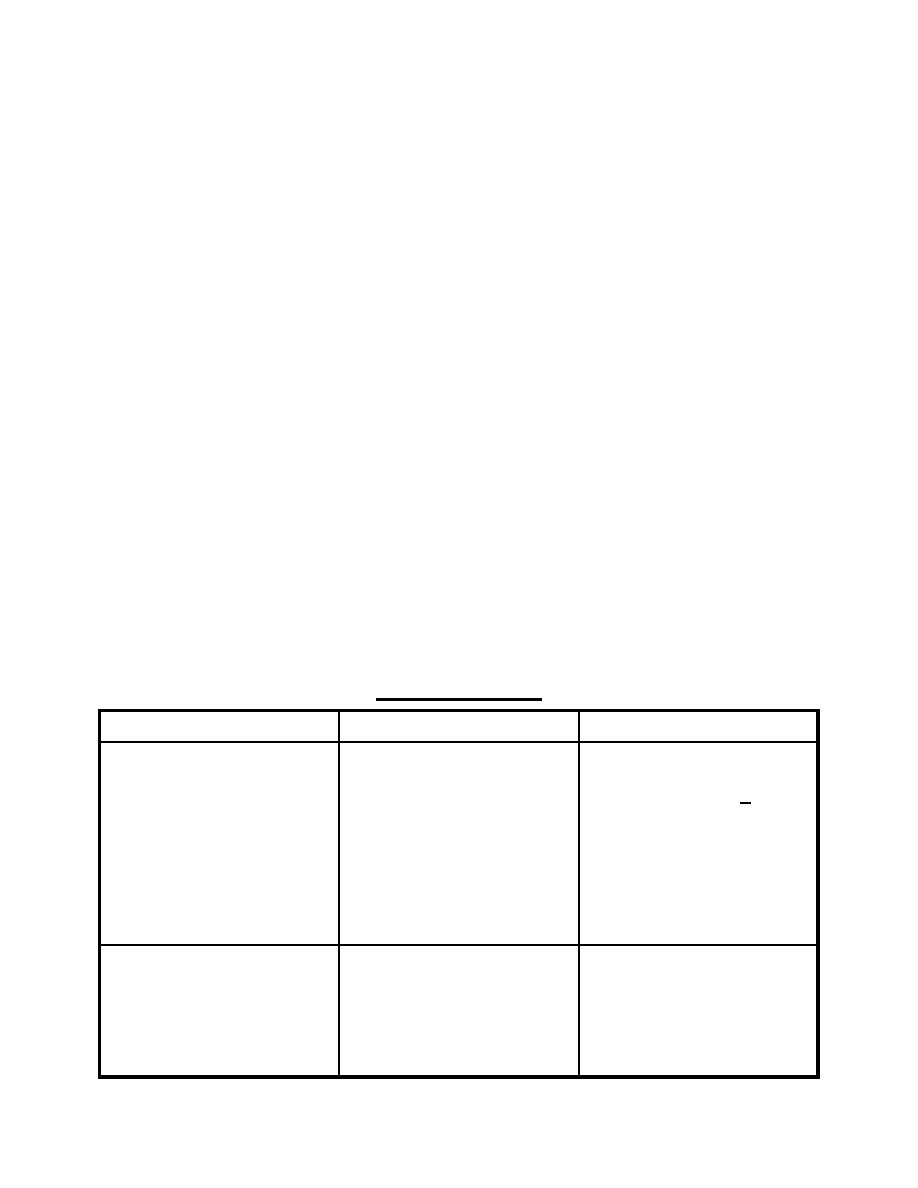 |
|||
|
|
|||
|
Page Title:
Pounds per nautical mile method |
|
||
| ||||||||||
|
|  T-39 FLIGHT PREPARATION
STUDENT GUIDE
60
2 gauges
= 1800
30
1 gauge
= 900
45
1 gauge + 1/2 other gauge
= 1350
20
2/3 of 1 gauge
= 600
15
1/2 of 1 gauge
= 450
10
1/3 of 1 gauge
= 300
5
1/2 of 1 gauge divided by 3
= 150
1
1800/60
= 30.0
Wings Level: 106 min
= 60 + 45 + 1 = both gauges + 1 gauge + 1/2 of 1 gauge + 1
= 1800 + 900 + 450 + 30
6040 # - 3180 # = 2860# at the IAF
(4)
Pounds per nautical mile method
Determine fuel flow in terms of pounds per NM by dividing fuel flow (#/hr) by
estimated ground speed to IAF (NM/hr). Multiply the result by the distance remaining to
IAF.
1800 #/hr 420 NM/hr (estimated) = 4.3 #/NM
Wings level: 742 nm x
6040 3180 = 2860 # at IAF
COMPARISONS:
Method
Advantage
Disadvantage
Pounds Per Minute
(1). Once fuel flow/min is
(1). Requires accurate ETEs;
determined, multiply by time
preflight winds must be
remaining.
reasonably accurate (+ 10-20
kts and 10-20 o)
(2). In-flight re-planning
(2). Must recompute when
fuel flow changes
(3). Math intensive
Matrix
(1). Uses addition instead of
(1). Requires new matrix if
fuel flow changes.
(2). Accurate
(2). Also dependent on
accurate ETEs
2-14
|
|
Privacy Statement - Press Release - Copyright Information. - Contact Us |